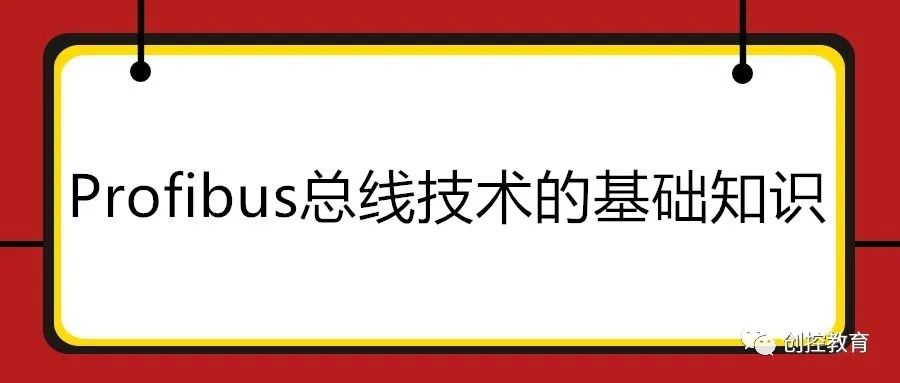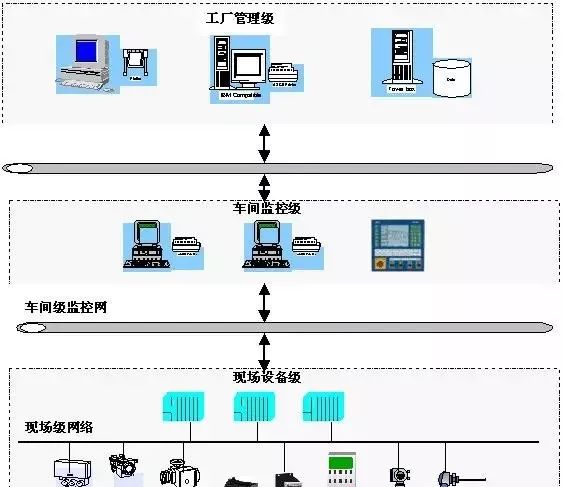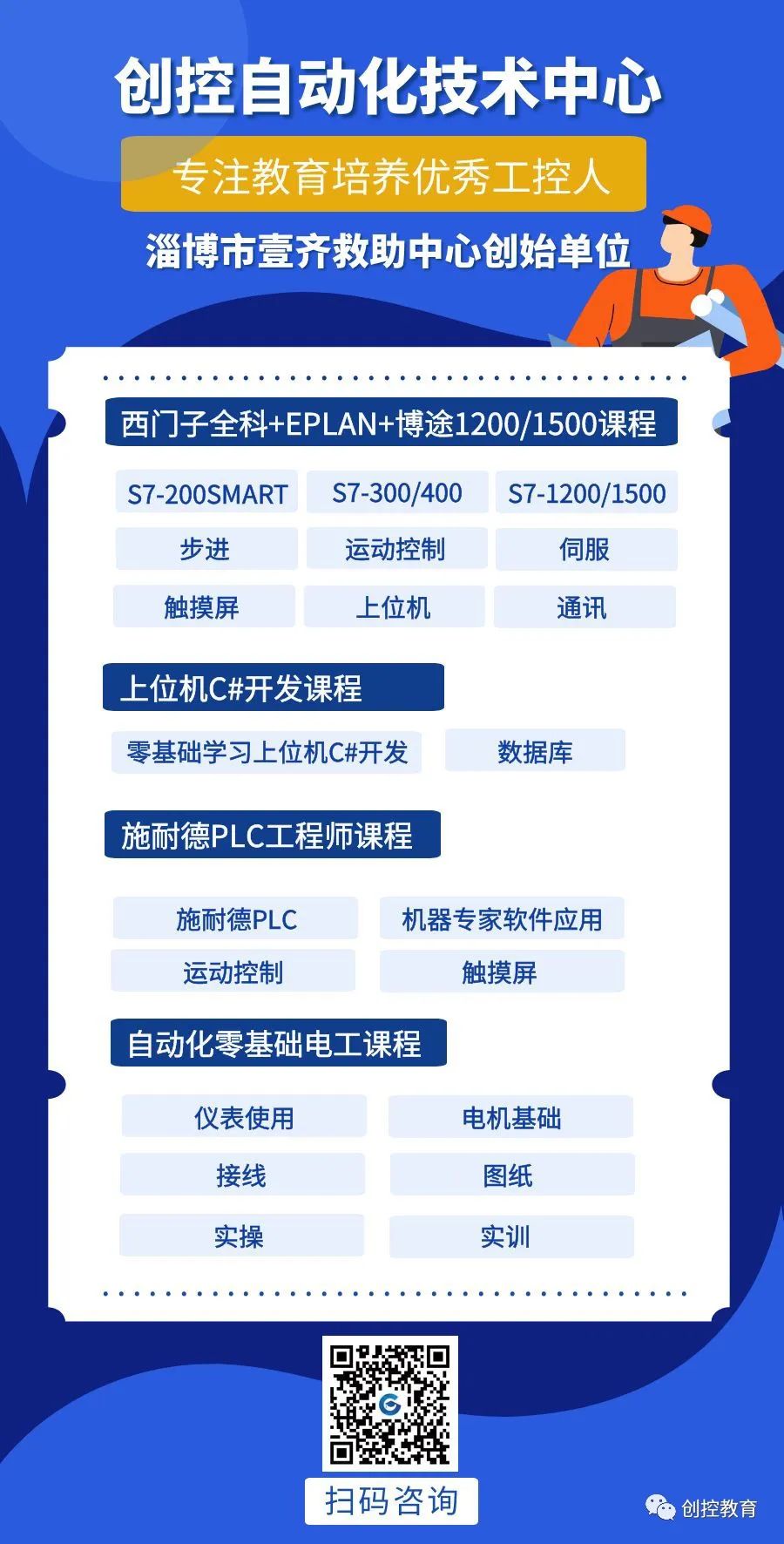

Siemens full course + Portal + EPLAN electrical drawing video recordings for sale at low prices!
Chuangkong Education Siemens full course introduction
Profibus bus technology
1. What is the Profibus fieldbus?
The fieldbus is a serial, digital, multipoint communication digital bus installed between field devices/instruments in the production process area and automatic control devices/systems in the control room. Of course, production processes include both continuous and batch production. The Profibus fieldbus is one of them.
In simple terms, Profibus connects various dispersed field devices (sensors and actuators) to controllers or control systems via a bus, while supporting both factory automation and process automation as well as drive applications.

2. The three types of Profibus bus standards
The Profibus fieldbus includes: Profibus-FMS, Profibus-DP, Profibus-PA. The corresponding communication methods, application fields, and advantages are: FMS is mainly for general-purpose automation, with a wide range of applications and multi-master communication; DP is mainly for factory automation, characterized by speed, plug-and-play, and efficiency; while PA is mainly used in process automation, application-oriented, requiring bus power supply and compliance with intrinsic safety.
Currently, the main application in the market is still the Profibus-DP network, so I will mainly introduce some knowledge about the DP network.
3. The three types of devices defined by Profibus-DP
1. DP Class 1 Master (DPM1)
The central controller exchanges data with dispersed I/O devices (DP-slave);
Several DPM1s can exist simultaneously, typical devices include PLC, PC, VME.
2. DP Class 2 Master (DPM2)
Configuration, monitoring, or engineering tools used to set network parameters, monitor DP-slave devices
3. DP-Slave devices
Peripheral devices that directly connect to I/O signals;
Typical devices include inputs, outputs, drives, valves, operator panels, etc.
4. Data transmission between Profibus-DP master and DP slave
1. Parameterization phase
The slave is parameterized by the DP-master using current bus parameters, monitoring time, and specific parameters of the slave.
2. Configuration phase
The DP-master compares the required configuration of the DP-slave with the current configuration.
3. User data transmission phase
After successful parameterization and configuration, the DP-slave changes its state to enter the user data exchange phase.
During this phase, the parameters of the slave can be changed without interrupting data transmission.
Note: During these three phases, diagnostic data and control commands can also be transmitted.
5. Main applications of Profibus
The Profibus bus technology has developed relatively maturely in the domestic market, and its application industries are quite broad. In factory automation, it includes: vehicle manufacturing, bottling plants, inventory systems, switchgear, glass production, etc.; in process automation, it includes: chemical industry, petrochemical industry, papermaking and textile industry, food and grain industry, power stations, sewage treatment, etc.; additionally, some drive technology and safety application industries are also very widespread.
(Content sourced from the internet, copyright belongs to the original author)
Disclaimer: If copyright issues arise, please contact us for deletion!Neither individuals nor organizations bear relevant legal responsibilities.
Siemens full course + Portal + EPLAN electrical drawing video recordings for sale at low prices!
Chuangkong Education Siemens full course introduction
